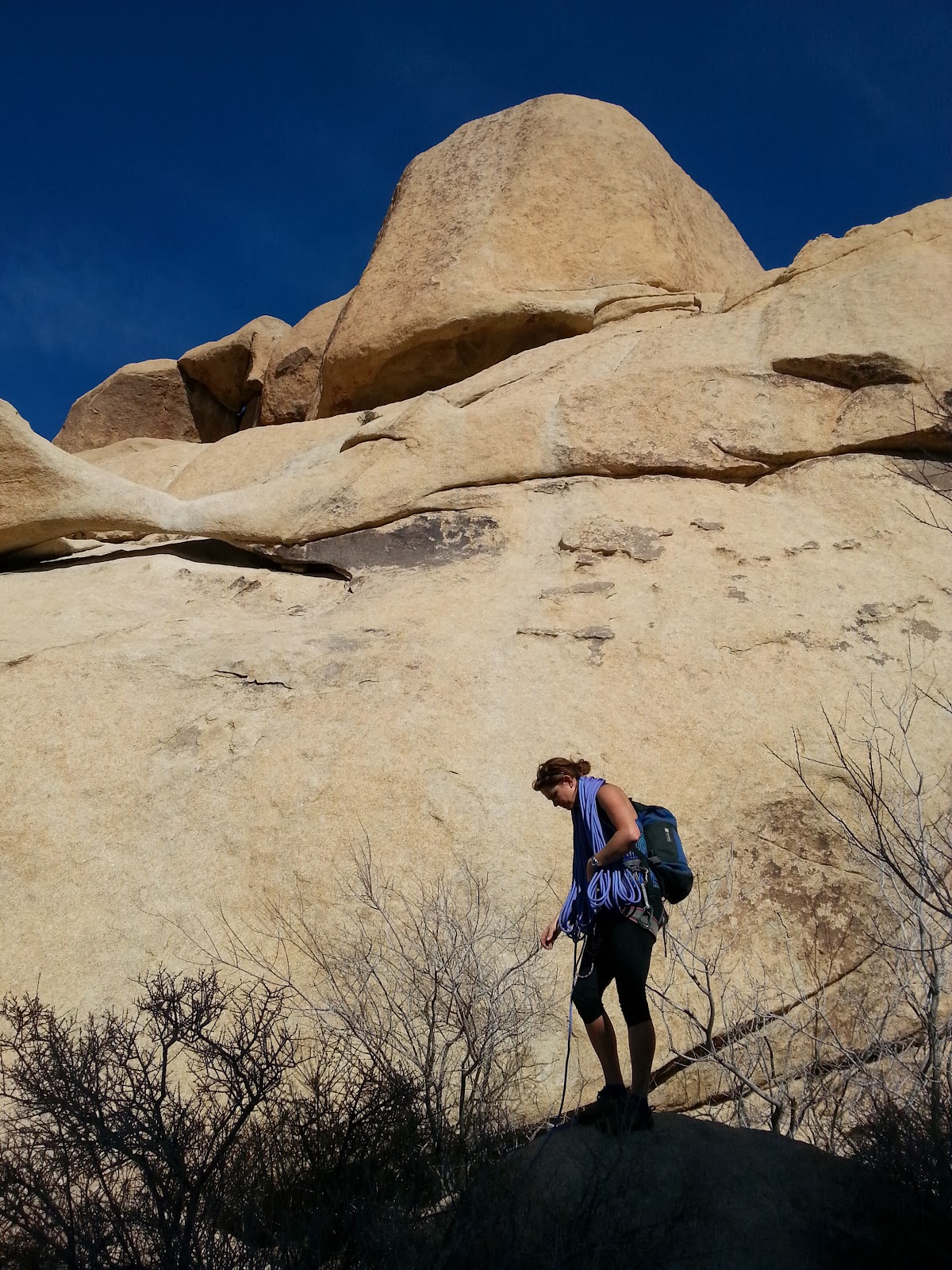Note:
- with my setup neither command will work unless you leave off the .tex extension.
- include{} has a \clearpage before and after it.
include{} is best used to include something like a chapter. In other words the file should be almost all of a stand alone document. It shouldn't include a \begin{document} or an \end{document}, headers, footers, or package inclusions. It should be noted that commands which have filepaths in them are referenced from the location of the file being executed, not the included file.
input{} is best utilized for importing the enormous list of \usepackage and custom commands that everyone seems to have at the top of their tex documents.
For example we might have a file system which looks like this:
- example.tex
- Images
- exampleimage.png
- Chapter1
- chapter1.tex
- Preamble
- preamble.tex
example.tex
\input{Preamble/preamble}
\begin{document}
This is my example document...
\include{Chapter1/chapter1}
\end{document}
preamble.tex
\documentclass[a4paper,11pt]{article}
\usepackage[utf8]{inputenc}
\usepackage{default}
\usepackage{amssymb}
\usepackage{graphicx}
chapter1.tex
\section{Chapter One}
This is the first chapter...\\
Here's a picture:\\
\includegraphics{Images/exampleimage.png}
Which generates this pdf.




